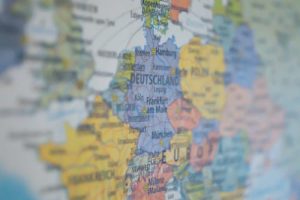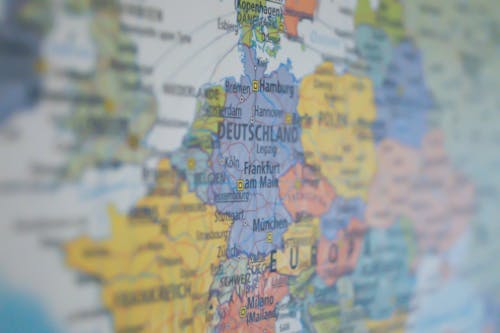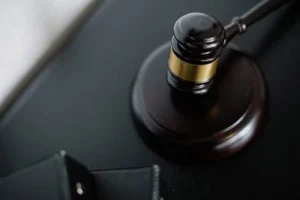Patent law is a crucial component of intellectual property protection worldwide, providing inventors with exclusive rights to their creations and fostering innovation and economic growth. While the fundamental principles of patent law are similar across countries, there are notable differences between the United States and other jurisdictions of which inventors and companies developing inventions should be aware.
One significant difference between US patent law and that of other countries lies in the criteria for patentability. In the United States, patents are granted to inventions that are novel, non-obvious, and useful. This usefulness or “utility” requirement ensures that patents cover inventions with practical applications and tangible benefits to society, thus justifying the exclusivity given to inventors in exchange for disclosing their inventions to society. In contrast, some countries, such as Japan and South Korea, have stricter standards for patentability, requiring a higher level of inventiveness or inventive step to obtain a patent.
Additionally, the scope of patent protection can vary significantly between countries due to differences in patent examination practices and legal standards. In some jurisdictions, such as Europe, patents are examined more rigorously, leading to narrower patent claims that may offer less expansive protection compared to patents granted in the United States. Consequently, inventors may need to tailor their patent strategies and drafting techniques to account for these differences and maximize protection in each jurisdiction of interest.
Moreover, the duration of patent protection can vary between countries, with most jurisdictions offering a standard term of 20 years from the filing date of the patent application. However, some countries, such as Japan and South Korea, provide extended patent terms for certain types of inventions, such as pharmaceuticals, to compensate for regulatory delays in the approval process. Understanding these variations in patent terms is crucial for inventors seeking to commercialize their inventions and maximize the value of their patent portfolios.
Furthermore, differences in patent enforcement procedures and legal systems can impact the effectiveness of patent rights in different countries. In the United States, patent litigation is notoriously complex and expensive, with specialized courts and procedures for resolving disputes. In contrast, some countries, such as Germany, are known for their efficient and specialized patent litigation systems, offering streamlined procedures and swift resolution of patent disputes. These differences underscore the importance of considering jurisdiction-specific factors when enforcing patent rights and resolving infringement disputes.
In conclusion, while patent law principles are broadly similar across countries, there are notable differences in the criteria for patentability, examination procedures, scope of protection, duration of patent terms, and enforcement mechanisms. Inventors and particularly companies seeking to protect their inventions internationally must navigate these differences strategically and tailor their patent strategies to account for jurisdiction-specific nuances. By understanding the nuances of patent law in the United States and other countries, inventors can maximize the value of their intellectual property and navigate the complexities of the global patent landscape effectively.
Contact us at the PatentXL Law Firm (info@patentXL.com) if you’d like to learn more about patent strategies for protecting your inventions in various countries, particularly in view of the differences discussed above.












